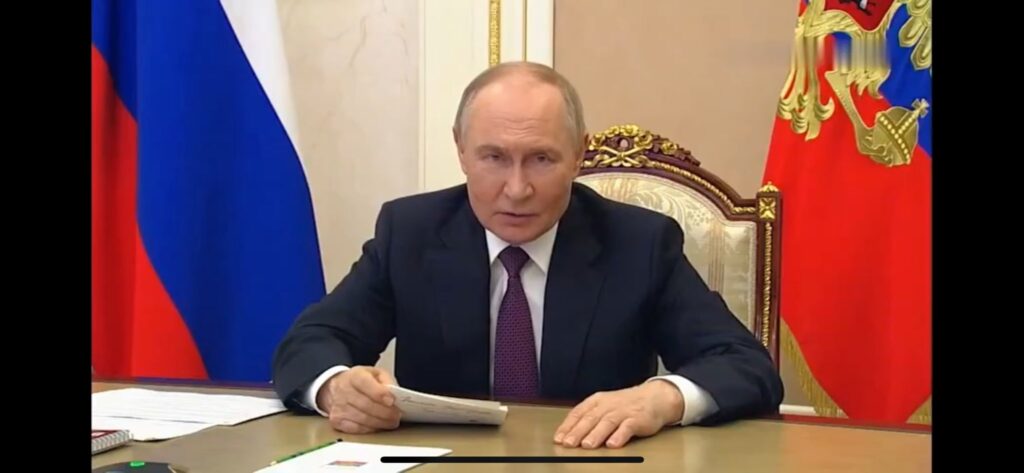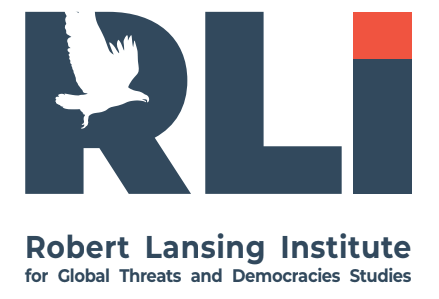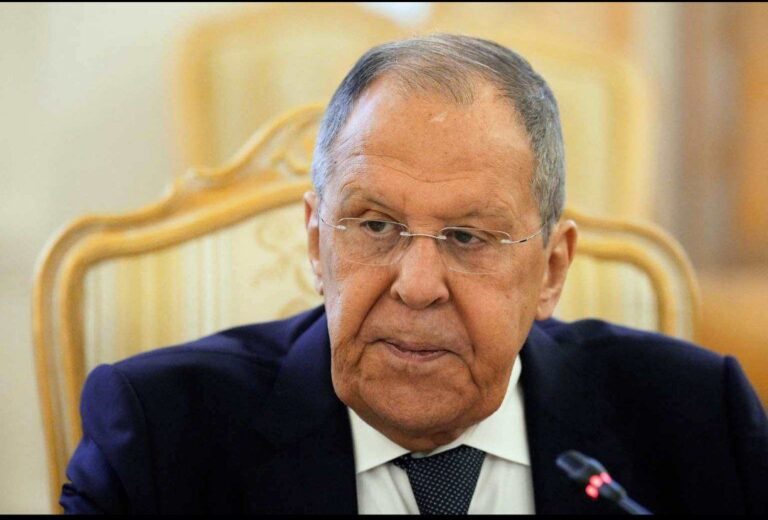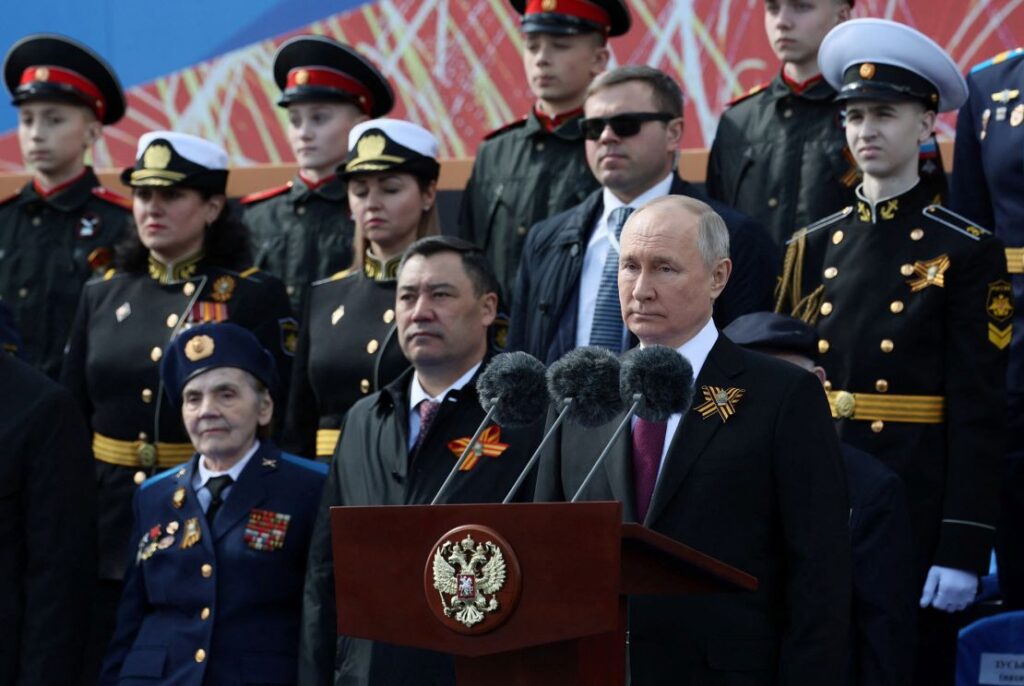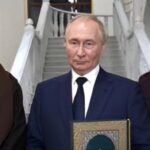Russia’s leadership is exploiting President Trump’s evident sympathy for Vladimir Putin to erode the image of the United States as the world’s foremost defender of democracy.
On August 24, 2025, Russian Foreign Minister Sergey Lavrov used America’s open press environment to spread propaganda and disinformation in an interview on NBC’s Meet the Press. Lavrov reiterated the Kremlin’s position: peace in Ukraine is only possible if Kyiv embraces neutrality, renounces NATO membership under “great power guarantees,” and accepts that territorial disputes must be resolved separately. He added that no Putin–Zelensky meeting was planned because “the agenda is not ready,” accused the West of blocking talks, and denied strikes on civilians, insisting Russia only targets military and industrial sites.
Moscow has again shown it has no interest in peace under international law. Lavrov repeated demands unacceptable to Kyiv: rejection of NATO, pseudo-guarantees in place of genuine collective defense, and de facto recognition of Russian territorial claims. In substance, these are conditions of capitulation—meant to freeze the war on Moscow’s terms and preserve levers of coercion for the future.
A key tactic for derailing negotiations is deliberate delegitimization of the partner. Lavrov publicly dismissed President Volodymyr Zelensky as “illegitimate,” implying there is no one with whom to negotiate. That framing blocks any leader-level talks regardless of content. Thus, Moscow stalls the process while shifting blame onto Kyiv and its allies, reinforcing its propaganda line that “Ukraine is not ready for peace”—a classic maneuver of setting impossible preconditions to buy time.
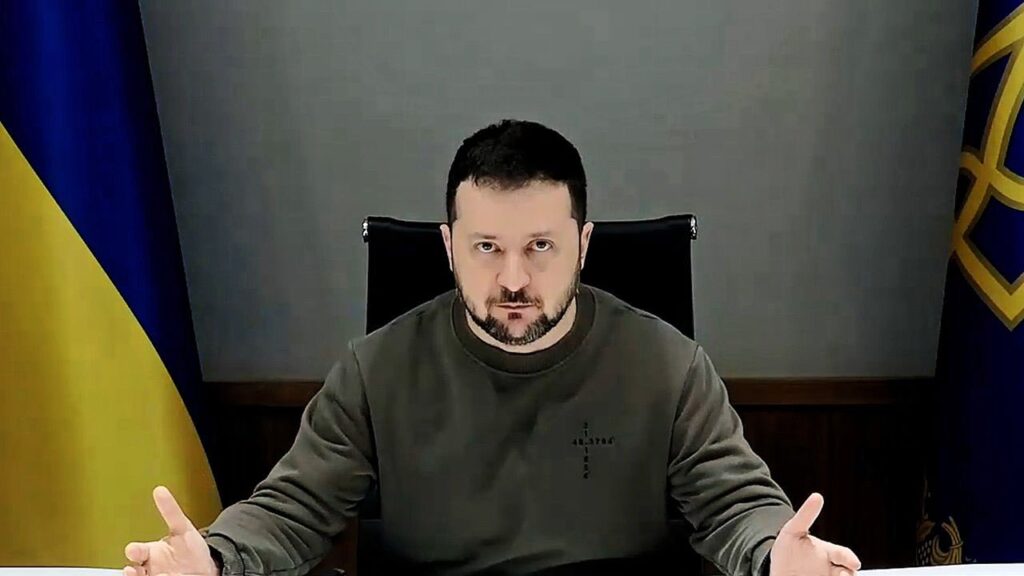
More on this story: Kremlin waging campaign to delegitimize Ukraine
Meanwhile, Russia continues trying to normalize attacks on Ukraine’s infrastructure, including sites with American investment. This militarization of civilian targets relies on manipulated intelligence, false sources, and the deliberate selection of civilian sites to maximize casualties and psychological pressure. Through its foreign ministry, Moscow is running information operations aimed squarely at American audiences. The Kremlin speaks the language of force: denying its own aggression, blaming Europe for prolonging the war, and pushing the notion of peace through Ukrainian concessions. Its goal is to fracture U.S. domestic consensus and sow discord with European allies ahead of the next round of decisions on aid to Kyiv.
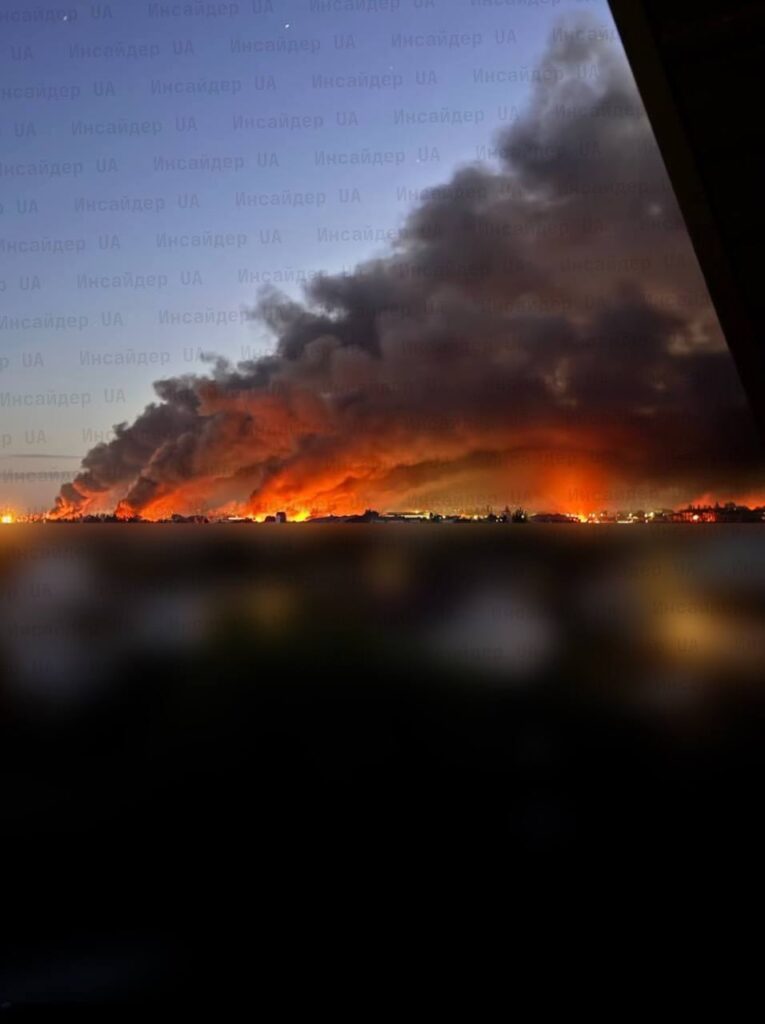
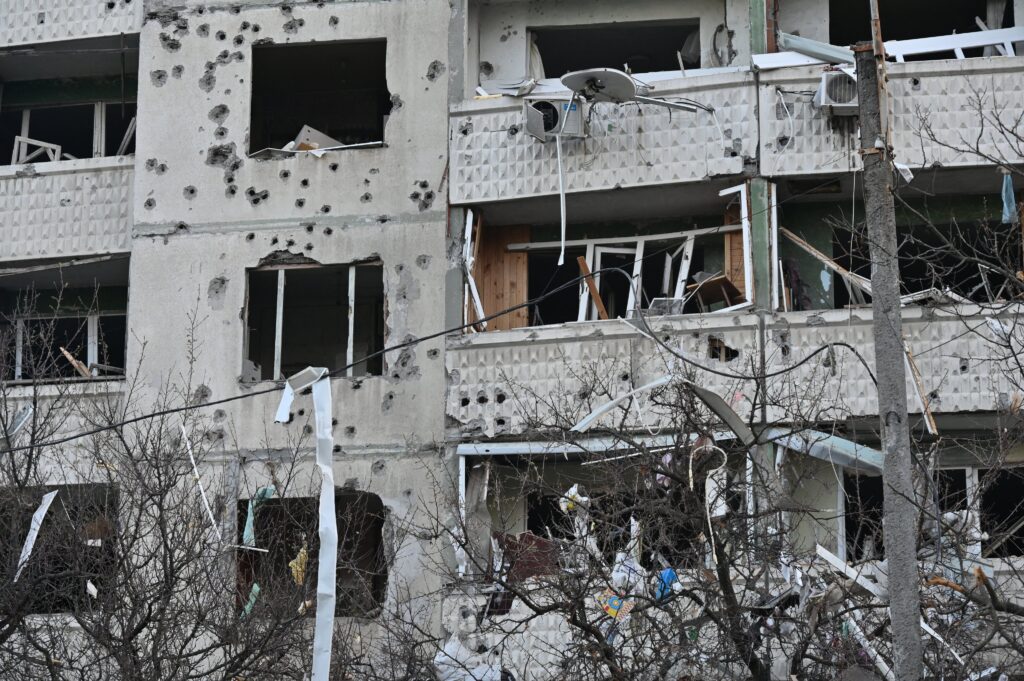
More on this story: The Broken Easter Ceasefire: Russia’s Rejection of Restraint in Ukraine
Moscow has drawn its “red lines”: no NATO presence, Ukrainian neutrality—a status that existed before 2014. Russia is setting the stage so that any hypothetical Western training or protection mission in Ukraine could be cast as a casus belli. Ukraine’s NATO membership goal, now enshrined in its constitution, only emerged after Russia’s annexation of Crimea and its war in Donbas. Earlier security guarantees—like the 1994 Budapest Memorandum signed by Russia and the United States—proved meaningless, failing to prevent the full-scale invasion of 2022. With China now supporting Moscow both politically and through sanctions evasion, Russia’s proposed “guarantees” are void of substance.
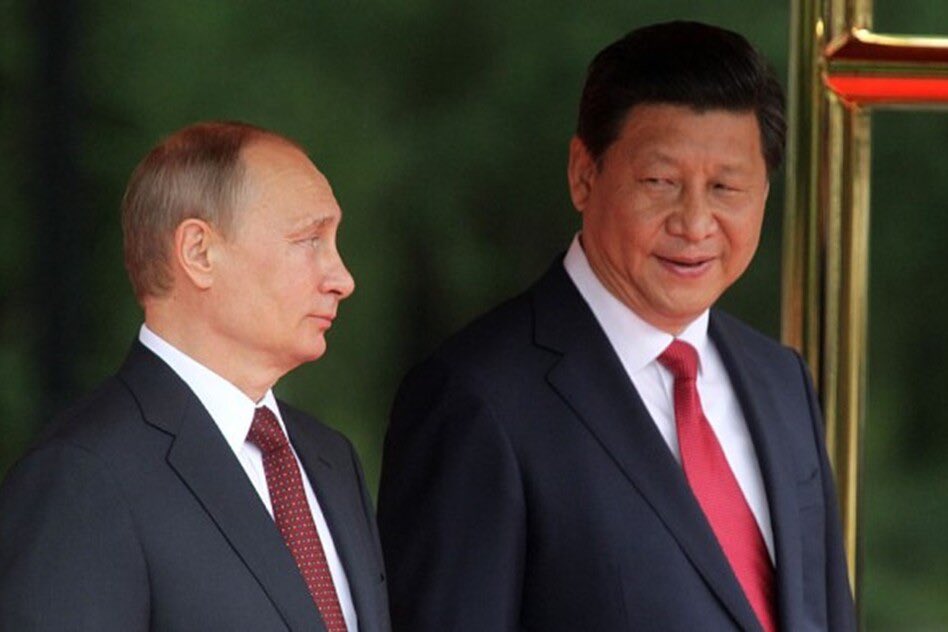
More on this story: China’s Declared Neutrality vs. De Facto Involvement in the Russia-Ukraine War

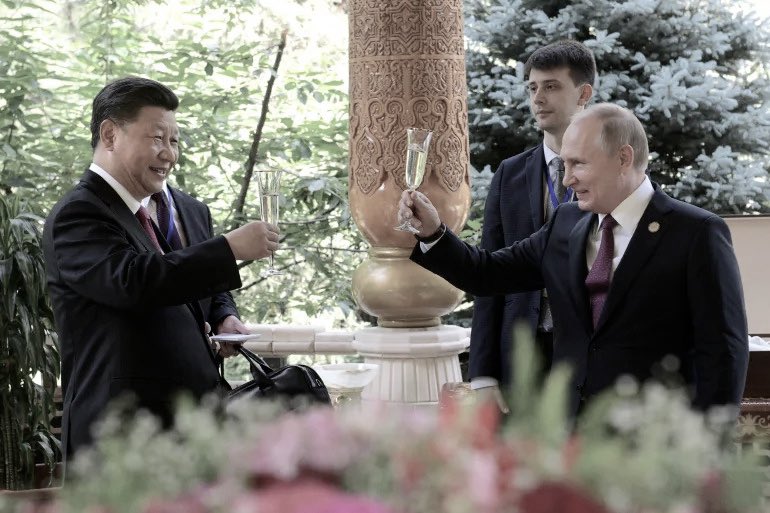
More on this story: China Assists Russia in Gunpowder Production for War against Ukraine
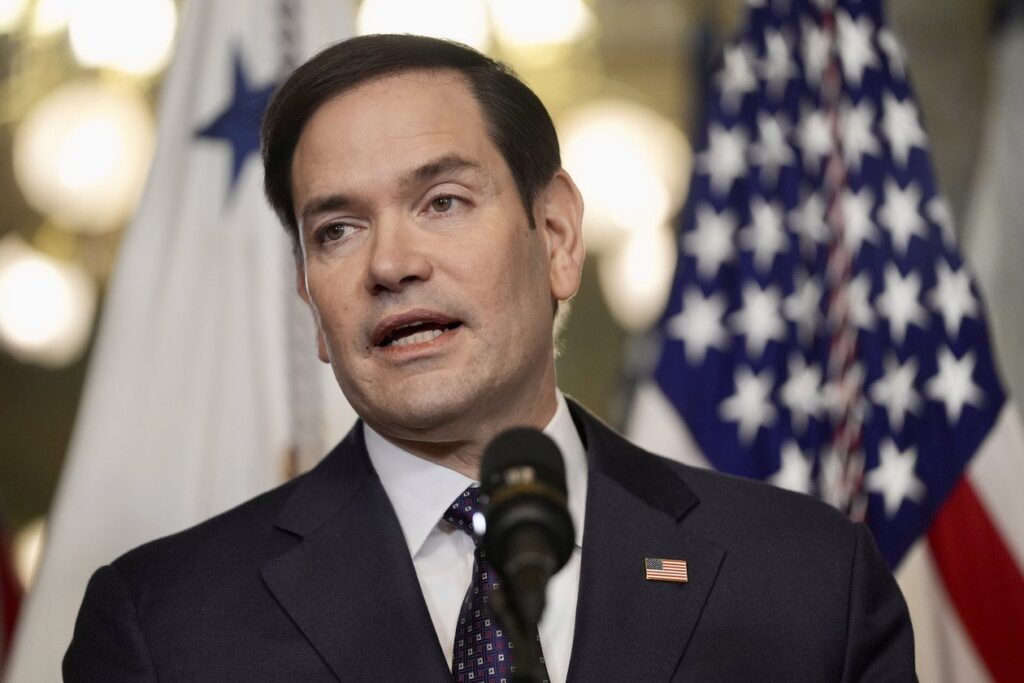
Putin does not treat Trump or his team as equal negotiating partners; instead, he performs “concessions” for the public that do not exist in reality. While Vice President J. D. Vance tells American voters that Moscow is ready to respect Ukraine’s territorial integrity, Lavrov undermines the very foundations of negotiation—from Zelensky’s legitimacy to Ukraine’s right to self-defense and security guarantees. The Kremlin is playing for time, trying to cast Washington as the “sole peacemaker” while painting the European Union as a “party to war.”
